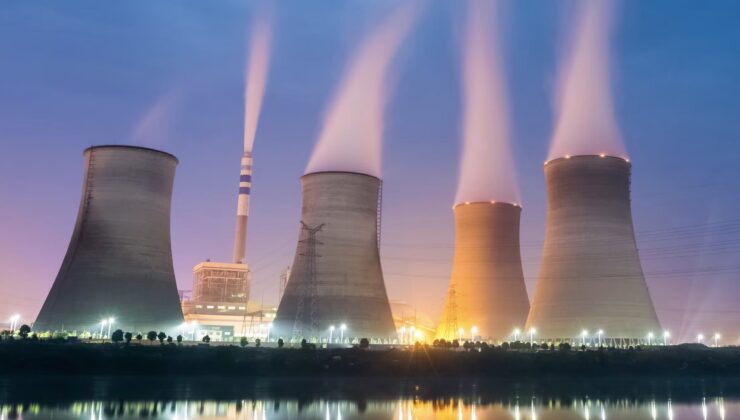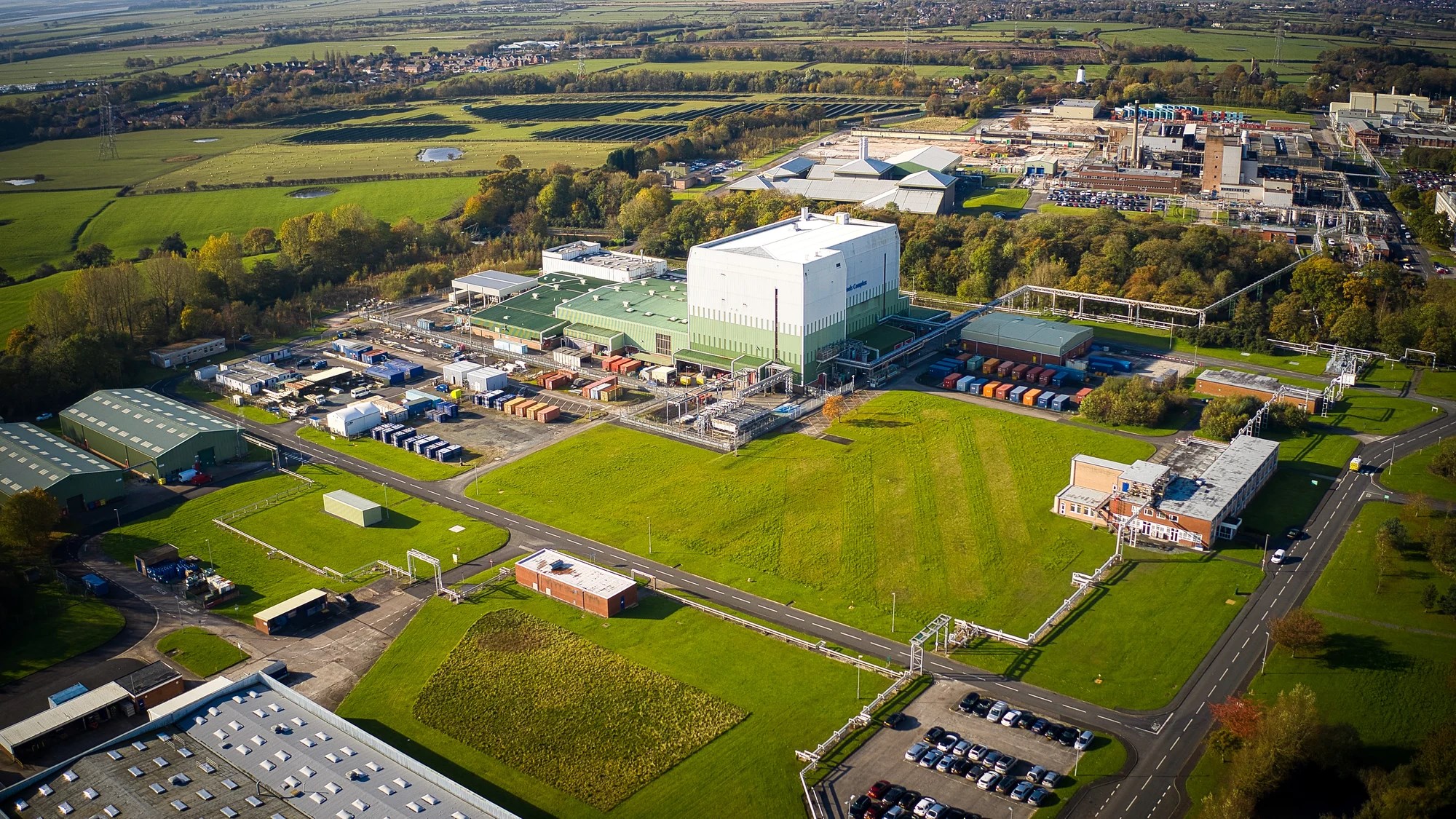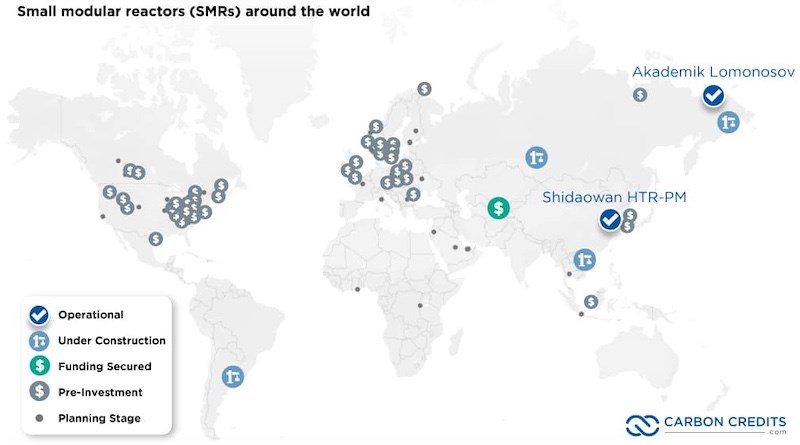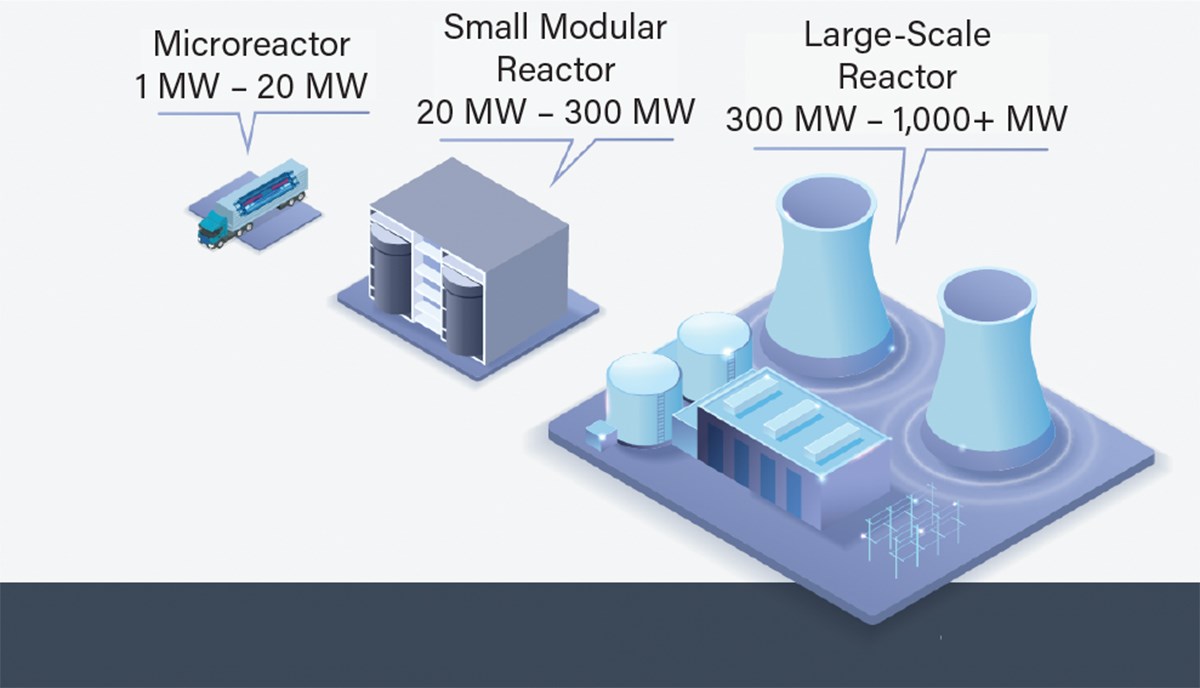

Nuclear energy has traditionally been sidelined in the clean energy dialogue, often perceived as perilous due to historical incidents like Chernobyl and Fukushima. However, as the global energy landscape evolves, this outdated view is poised for change. Enter the innovative Small Modular Reactors or SMRs, heralding a new chapter for nuclear power.

The International Energy Agency forecasts the installation of 120 GW of SMR capacity worldwide by 2050. To date, around $5 billion has been invested, with expectations to exceed $670 billion by 2050. Nations such as the United States, Russia, China, Canada, and the United Kingdom are actively developing SMR projects, with operational plants already in China and Russia. Notably, tech giants like Google, Amazon, Microsoft, and Tesla are evaluating SMR technology to address the growing energy demands of their data centers. The burgeoning fields of artificial intelligence and blockchain are further intensifying interest in these advanced reactors.

Unlike conventional nuclear power plants, which require extensive construction periods of over a decade, SMRs offer a compelling alternative. Investors and governments have been gravitating towards renewable solutions like solar, wind, and battery storage, primarily due to their quicker deployment times. While these alternatives do not negate the merits of nuclear energy, they have historically complicated its widespread adoption.

The advantages of nuclear power—low fuel costs, continuous 24/7 generation, near-zero direct carbon emissions, and the enhanced safety of modern reactors—remain significant. SMRs, with capacities of 300 MW or less, are manufactured in controlled factory settings and their modular design allows for effortless on-site assembly. This not only reduces construction time but also significantly cuts costs. Their compact size inherently mitigates safety risks, with some designs engineered to automatically shut down in severe emergencies, thereby diminishing the catastrophic risk often cited by nuclear detractors.
Moreover, SMRs can synergize with renewable energy systems rather than compete against them. While solar and wind outputs fluctuate, SMRs provide a steady and reliable energy supply, making them ideal for hybrid systems. Although SMRs are not yet prevalent, the technology is mature, investments are forthcoming, and demand is rapidly increasing.
SİGORTA
44 dakika önceBİLGİ
2 gün önceSİGORTA
3 gün önceSİGORTA
6 gün önceSİGORTA
11 gün önceSİGORTA
13 gün önceSİGORTA
13 gün önceSİGORTA
14 gün önceSİGORTA
17 gün önceSİGORTA
18 gün önce 1
DJI Mini 5: A Leap Forward in Drone Technology
20182 kez okundu
1
DJI Mini 5: A Leap Forward in Drone Technology
20182 kez okundu
 2
xAI’s Grok Chatbot Introduces Memory Feature to Rival ChatGPT and Google Gemini
14191 kez okundu
2
xAI’s Grok Chatbot Introduces Memory Feature to Rival ChatGPT and Google Gemini
14191 kez okundu
 3
7 Essential Foods for Optimal Brain Health
13040 kez okundu
3
7 Essential Foods for Optimal Brain Health
13040 kez okundu
 4
Elon Musk’s Father: “Admiring Putin is Only Natural”
12896 kez okundu
4
Elon Musk’s Father: “Admiring Putin is Only Natural”
12896 kez okundu
 5
Minnesota’s Proposed Lifeline Auto Insurance Program
10759 kez okundu
5
Minnesota’s Proposed Lifeline Auto Insurance Program
10759 kez okundu
Sigorta Güncel Sigorta Şikayet Güvence Haber Hasar Onarım Insurance News Ajans Sigorta Sigorta Kampanya Sigorta Ajansı Sigorta Sondakika Insurance News